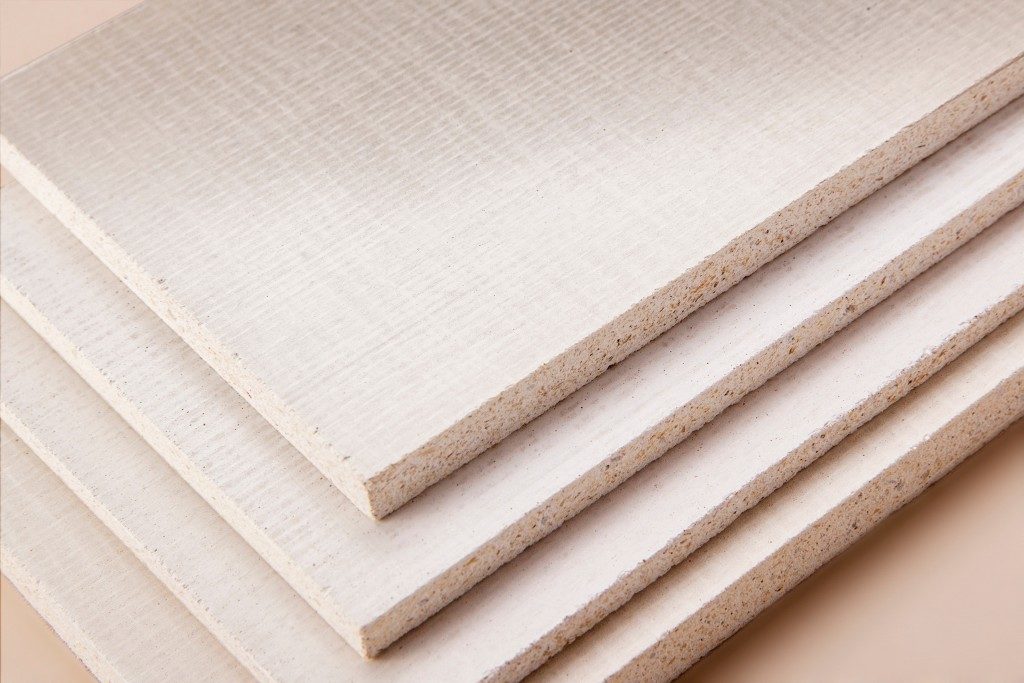Home is where the heart is—so it’s only natural that we want our homes to be as healthy as possible. Unfortunately, many people build their houses without considering their health and end up with a home that makes them sick. Some have houses that are the opposite of what they should be — a place where one can find peace, enjoy the company of loved ones, and relax.
Sometimes, the house you recently bought cannot accommodate your lifestyle. It might be too small or too big, in a location that exposes you to environmental hazards, etc. If this sounds like your dilemma, don’t worry—it is possible to renovate your home while putting your health first. Here are five tips to get you started:
1. Pay Attention to the Quality of the Air Inside Your Home
The first step to a healthy home is to ensure that the air quality inside is good. Many houses are full of pollutants and toxins that can make the occupants sick. Some of these pollutants come from the materials used to build the house, such as formaldehyde in insulation or volatile organic compounds (VOCs) in paint. Others come from outside sources, like radon gas seeping in from the soil or carbon monoxide from a gas stove.
To improve the air quality in your home through a home renovation, start by ventilating the house as much as possible. This can be done by opening windows and doors, using fans, or installing an air purifier. You should also avoid using materials that emit VOCs, such as certain adhesives, paint strippers, and carpeting. If you must use them, make sure to do so in a well-ventilated area.
Another way to improve air quality is to choose low-emitting building materials. These include products like bamboo flooring, wool insulation, and zero-VOC paint. These materials will help to create a healthier environment in your home while also reducing your exposure to harmful toxins.
2. Go for Home Insulation
Another critical aspect of a healthy home is insulation. A well-insulated house will keep the temperature and humidity at comfortable levels, which will help to prevent mold growth. It will also reduce the energy needed to heat and cool the house, saving you money on your energy bills.
By including home insulation in your renovation plans, you can improve the health of your home while also making it more energy-efficient. There are various insulation products on the market, so choose one that is right for your climate and your home’s needs.
One example of an insulation product that is becoming increasingly popular is spray foam insulation. You can apply this type of insulation to the interior and exterior of your home, providing a high level of protection against heat and cold. It is also effective at preventing air leakage, which can help to improve indoor air quality in your home.
3. Invest in Stress-relieving Features
When planning a home renovation, you must consider the psychological effects of the changes you plan to make. Certain features in your home can cause stress and anxiety, while others can help you to relax and feel more comfortable. By including stress-relieving features in your renovation, you can create a space that is both physically and mentally healthy.
Some of the best stress-relieving features for the home include natural light, calming colors, and comfortable furniture. You should also make sure that the layout of your home allows for easy movement and that there are plenty of storage options to reduce clutter. Consider the things that the whole family can enjoy, such as a backyard garden or a cozy reading nook.
Another feature that you may want to consider adding to your plans is a hot tub. Soaking in a hot tub can help to relieve muscle tension and improve sleep quality. It is also a great way to spend time with family and friends while enjoying the outdoors. You can find a reliable supplier of small hot tubs that offer zero percent financing, meaning you can spread the cost of your purchase over time.
Including stress-relieving features in your home renovation will help create a healthy and relaxing space. By taking care of your mental health, you can ensure that you enjoy the process of renovating your home and end up with an area that you love.

4. Consider Projects That Increase Natural Light
One of the best things you can do for your health is to increase the amount of natural light in your home. Natural light has several benefits, including reducing eye strain, improving mood, and boosting energy levels. It can also help to reduce the risk of certain health conditions, such as seasonal affective disorder (SAD).
There are a few ways to increase the amount of natural light in your home, such as adding skylights or installing larger windows. If you cannot make any structural changes to your home, you can also try using light-colored paint or wallpaper to brighten up the space.
Including projects that increase natural light in your home renovation will positively impact your health and well-being. By letting in more sunlight, you can enjoy all the benefits of exposure to natural light.
5. Improve Social Areas
Your social life can significantly impact your health and well-being, so creating a home that encourages social interaction is important. Even if your family is small, you can still make a space perfect for entertaining guests or hosting social gatherings. You can create an inviting and functional space by improving your social areas.
One of the best ways to improve social areas in your home is to create an open-plan layout. This layout allows people to move quickly from one room to another and encourages conversation. If you cannot make any structural changes to your home, you can try using furniture and decor to create a more open feel.
Another way to encourage social interaction is to create a dedicated space for entertaining. This could be a game room, home theater, or wet bar. If you have outdoor space, you may consider adding a patio or deck where people can gather.
Renovating with better health in mind is all about creating a space that is both physically and mentally healthy. There are other ways you can do this other than improving air quality and insulation. By including features that increase natural light, reduce stress, and encourage social interaction, you can create a home that is perfect for your family. With some planning and effort, you can create a healthier home you love.


